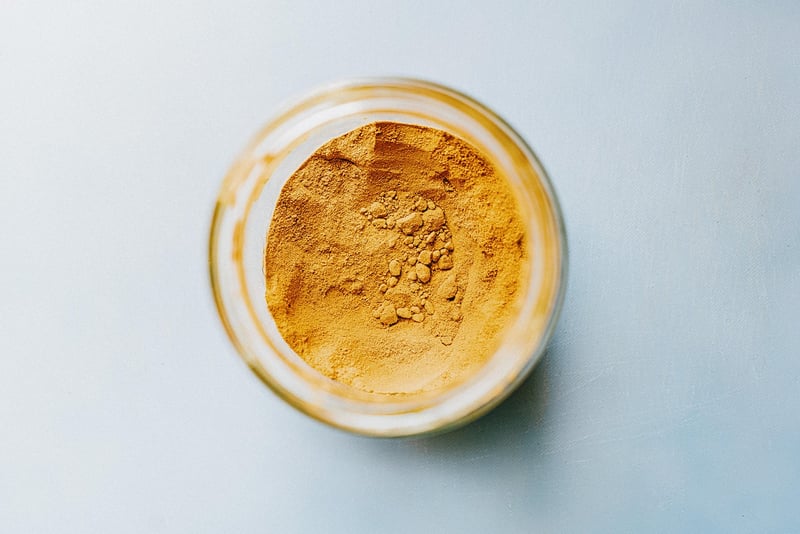Flavor Chemistry
Understanding Food Properties and Flavor Chemistry
Food is not just a source of nourishment; it is a complex combination of various properties that contribute to its taste, aroma, texture, and overall appeal. Understanding the science behind food properties and flavor chemistry can enhance your culinary skills and appreciation for different cuisines.
Food Properties
Food properties refer to the characteristics of food that affect how we perceive and experience it. These properties include:
- Texture: The way food feels in the mouth, such as crunchy, creamy, or chewy.
- Color: The visual appearance of food, which can influence our perception of taste.
- Aroma: The scent of food that contributes significantly to its flavor.
- Flavor: The combination of taste, aroma, and mouthfeel that we experience when eating.
- Temperature: The warmth or coolness of food that impacts its taste and texture.
Flavor Chemistry
Flavor chemistry delves into the complex interactions of molecules that create the tastes and aromas we perceive. These interactions involve:
- Primary Tastes: The five basic tastes - sweet, sour, salty, bitter, and umami.
- Aromatics: Volatile compounds that give foods their characteristic smells.
- Mouthfeel: The physical sensations in the mouth, such as creaminess or astringency.
- Flavor Compounds: Chemical compounds responsible for specific flavors, like aldehydes in fruits or sulfur compounds in garlic.
Enhancing Food Experience
By understanding food properties and flavor chemistry, you can:
- Experiment with different textures and flavors to create unique dishes.
- Pair foods based on complementary or contrasting properties to elevate taste profiles.
- Appreciate the science behind cooking techniques and flavor combinations.
Explore the world of food with a deeper understanding of its properties and flavor chemistry, and unlock a new level of culinary creativity!


